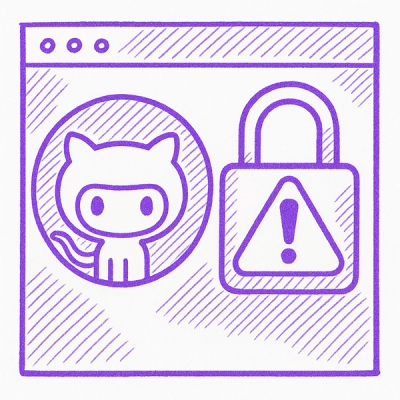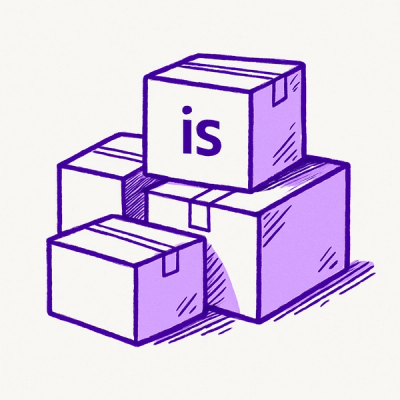
Research
/Security News
Toptal’s GitHub Organization Hijacked: 10 Malicious Packages Published
Threat actors hijacked Toptal’s GitHub org, publishing npm packages with malicious payloads that steal tokens and attempt to wipe victim systems.
@getyoti/sdk-sandbox
Advanced tools
Welcome to the Yoti NodeJS Sandbox. This repo contains the tools you need to test your NodeJS back-end integration.
Please refer to Travis to see all compatible Node versions.
To import the Yoti SDK inside your project, you can use your favourite dependency management system. If you are using NPM, you can use the following command to set the Yoti Sandbox SDK as a dependency:
npm install @getyoti/sdk-sandbox
SANDBOX_CLIENT_SDK_ID is the SDK identifier generated by Yoti Hub in the Key tab when you create your app.
/path/to/your-pem-file.pem is the path to the application pem file. It can be downloaded only once from the Keys tab in your Yoti Hub.
Please do not open the pem file as this might corrupt the key and you will need to recreate the keys on the Yoti Hub.
Point the Yoti client at the sandbox by setting environment variable YOTI_API_URL to https://api.yoti.com/sandbox/v1
const { Client } = require('yoti');
const fs = require('fs');
const SANDBOX_CLIENT_SDK_ID = 'SANDBOX_CLIENT_SDK_ID';
const PEM = fs.readFileSync('/path/to/your-pem-file.pem', 'utf8');
const yotiClient = new Client(SANDBOX_CLIENT_SDK_ID, PEM);
const { SandboxProfileClientBuilder } = require('@getyoti/sdk-sandbox');
const sandboxProfileClient = new SandboxProfileClientBuilder()
.withClientSdkId(SANDBOX_CLIENT_SDK_ID)
.withPemString(PEM)
.build();
Point the IDV client at the sandbox by setting environment variable YOTI_IDV_API_URL to https://api.yoti.com/sandbox/idverify/v1
const { IDVClient } = require('yoti');
const fs = require('fs');
const SANDBOX_CLIENT_SDK_ID = 'SANDBOX_CLIENT_SDK_ID';
const PEM = fs.readFileSync('/path/to/your-pem-file.pem', 'utf8');
const idvClient = new IDVClient(SANDBOX_CLIENT_SDK_ID, PEM);
const { SandboxIDVClientBuilder } = require('@getyoti/sdk-sandbox');
const sandboxClient = new SandboxIDVClientBuilder()
.withClientSdkId(SANDBOX_CLIENT_SDK_ID)
.withPemString(PEM)
.build();
FAQs
Yoti NodeJS Sandbox for back-end integration
The npm package @getyoti/sdk-sandbox receives a total of 578 weekly downloads. As such, @getyoti/sdk-sandbox popularity was classified as not popular.
We found that @getyoti/sdk-sandbox demonstrated a not healthy version release cadence and project activity because the last version was released a year ago. It has 3 open source maintainers collaborating on the project.
Did you know?

Socket for GitHub automatically highlights issues in each pull request and monitors the health of all your open source dependencies. Discover the contents of your packages and block harmful activity before you install or update your dependencies.

Research
/Security News
Threat actors hijacked Toptal’s GitHub org, publishing npm packages with malicious payloads that steal tokens and attempt to wipe victim systems.

Research
/Security News
Socket researchers investigate 4 malicious npm and PyPI packages with 56,000+ downloads that install surveillance malware.

Security News
The ongoing npm phishing campaign escalates as attackers hijack the popular 'is' package, embedding malware in multiple versions.